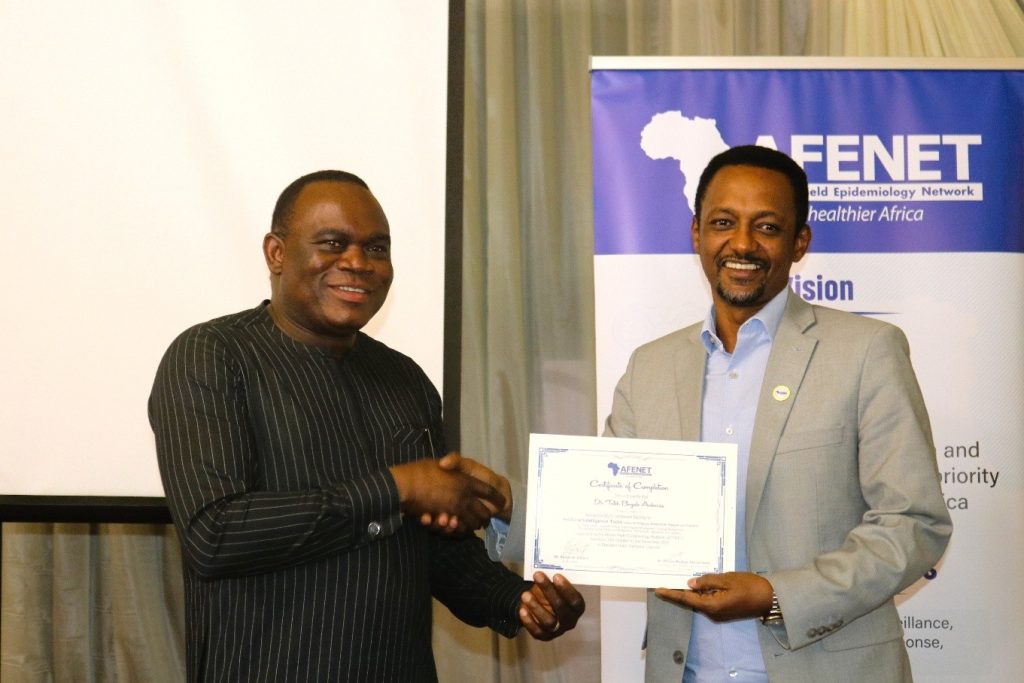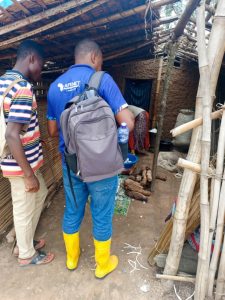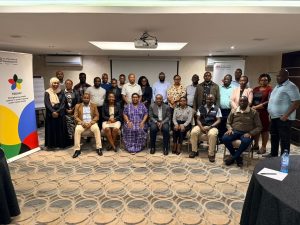AFENET Harnesses Artificial Intelligence to Revolutionize Disease Surveillance and Health Response in Africa
-
by
AFENET
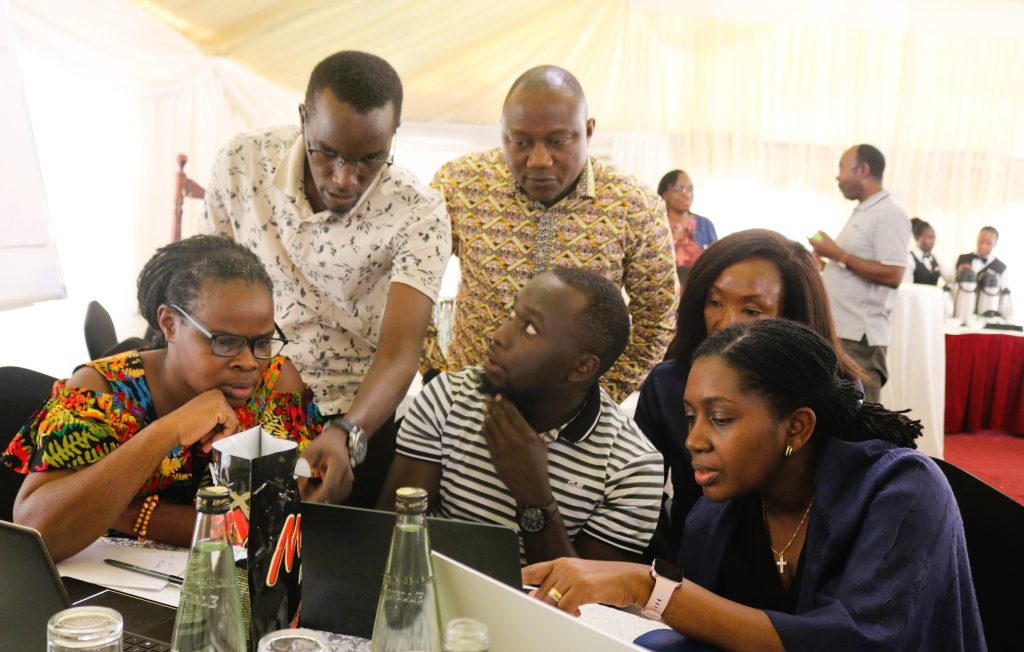

In a world increasingly defined by data and technology, the African Field Epidemiology Network (AFENET) is advancing the use of Artificial Intelligence (AI) to strengthen disease surveillance and public health responses across Africa. Alongside other key public health institutions, AFENET is leveraging AI to enhance outbreak prediction, data analysis, and health system performance. The training was facilitated by Dr. Noora Charles Lwanga and Dr. Boakye-Sekyerhene Prince, both from the University of Ghana, who brought extensive experience in the use of Artificial Intelligence for data analysis and research in public health.
Speaking about this shift, Dr. Simon Antara, Director of AFENET, noted that “AI is not replacing people; it is amplifying our ability to make faster, smarter, and more evidence-based decisions. The power of AI lies in its ability quickly to process vast amounts of data in real time, something that can be lifesaving during outbreaks.”
From Manual Monitoring to Predictive Intelligence
Traditionally, disease surveillance in many African countries relies on manual data entry and delayed reporting. AFENET’s integration of AI-driven analytics is changing this landscape. Machine learning models now assist in identifying disease trends and anomalies earlier than ever before, providing real-time alerts to field epidemiologists and public health officials.
Through data mining and predictive analytics, AI enables the early detection of outbreaks, whether cholera, Ebola, measles, yellow fever or meningitis, allowing health systems to act before crises escalate. These tools help bridge data gaps, improve reporting accuracy, and strengthen regional health security.
Empowering Public Health Professionals with AI Skills
To sustain this digital evolution, AFENET recently launched an AI training program for Staff on Data Analysis, Report Writing, and Proposal Development
The training targeted epidemiologists, M&E, business development, finance, human resources and communications staff, aimed to build capacity in using AI tools (like Julius AI, Scispace, Notebook LM, etc) for everyday work, from automated data visualization to research design and literature review.
Dr. Herbert Kazoora, Senior Epidemiologist and Technical Lead- Field Epidemiology and Laboratory Training Programs (FE(L)TP), coordinated the training, emphasized that the goal is “to mainstream AI across all departments, ensuring every team member is equipped to use intelligent tools that enhance both efficiency and creativity.”
Transforming Data into Action
The impact of AI extends beyond training. AFENET teams are currently using intelligent dashboards to visualize complex data and generate automated reports. These advancements save valuable time, enabling teams to focus on data interpretation and implementing rapid interventions.
AI-powered systems are also improving proposal development and fundraising, helping AFENET teams quickly synthesize research, prepare budgets, and identify funding opportunities through smart, automated workflows.
A Smarter Future for Africa’s Health Systems
AFENET’s embrace of AI reflects a broader vision of Africa, where data-driven intelligence supports faster and stronger health responses. By integrating technology with epidemiological expertise, AFENET is enhancing its operations and setting a new standard for public health innovation on the continent.
As Dr. Antara summarized, “There is no limit to what we can achieve when human expertise meets artificial intelligence. The future of disease response in Africa is smarter and it’s already here.”
Key Takeaways for Public Health Agencies
- Build staff capacity in AI tools before full-scale implementation.
- Use AI to enhance not replace human expertise and judgment.
- Integrate AI into existing surveillance and reporting systems.
- Apply predictive analytics for early outbreak detection and response.
- Foster cross-departmental collaboration for successful adoption.
- Utilize AI for both data analysis and communication (reports, visualization, storytelling).
- Align AI initiatives with institutional goals and public health priorities.
- Treat AI integration as a continuous learning process start small and scale up.
